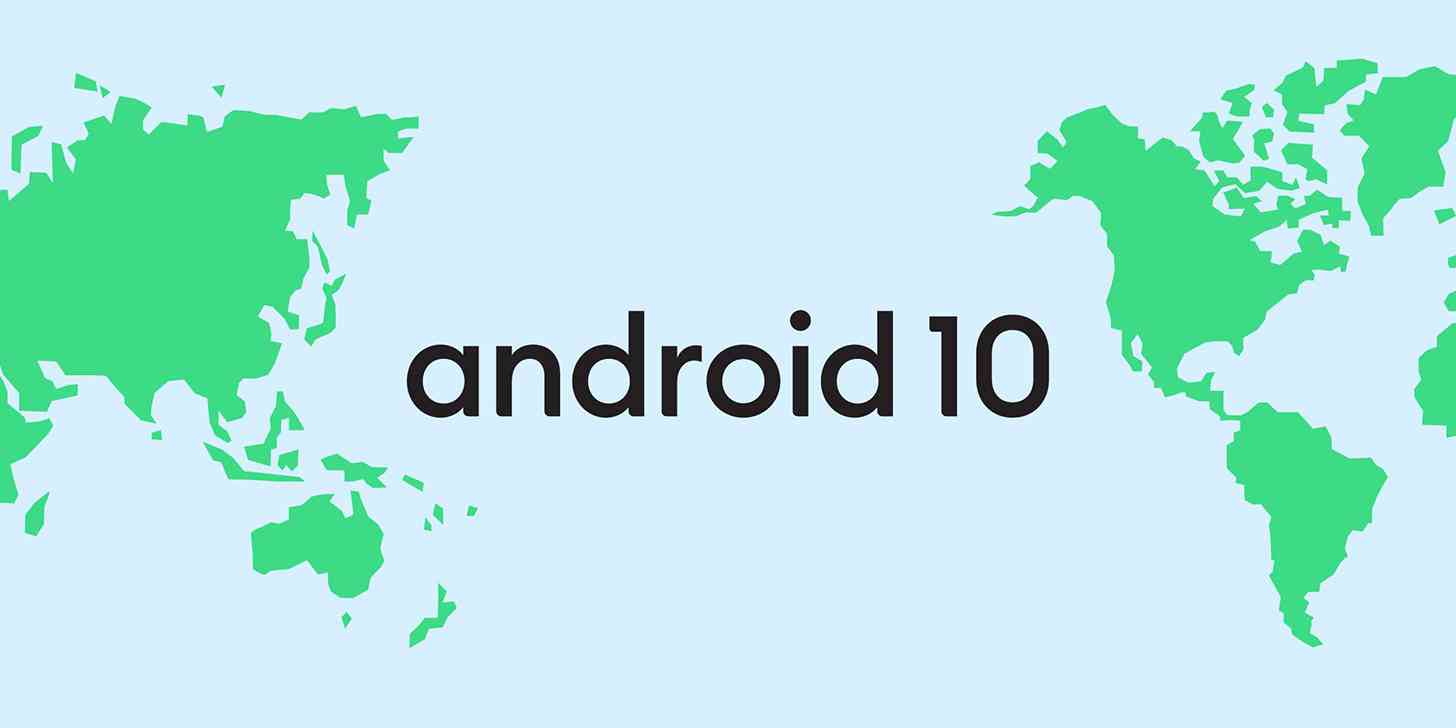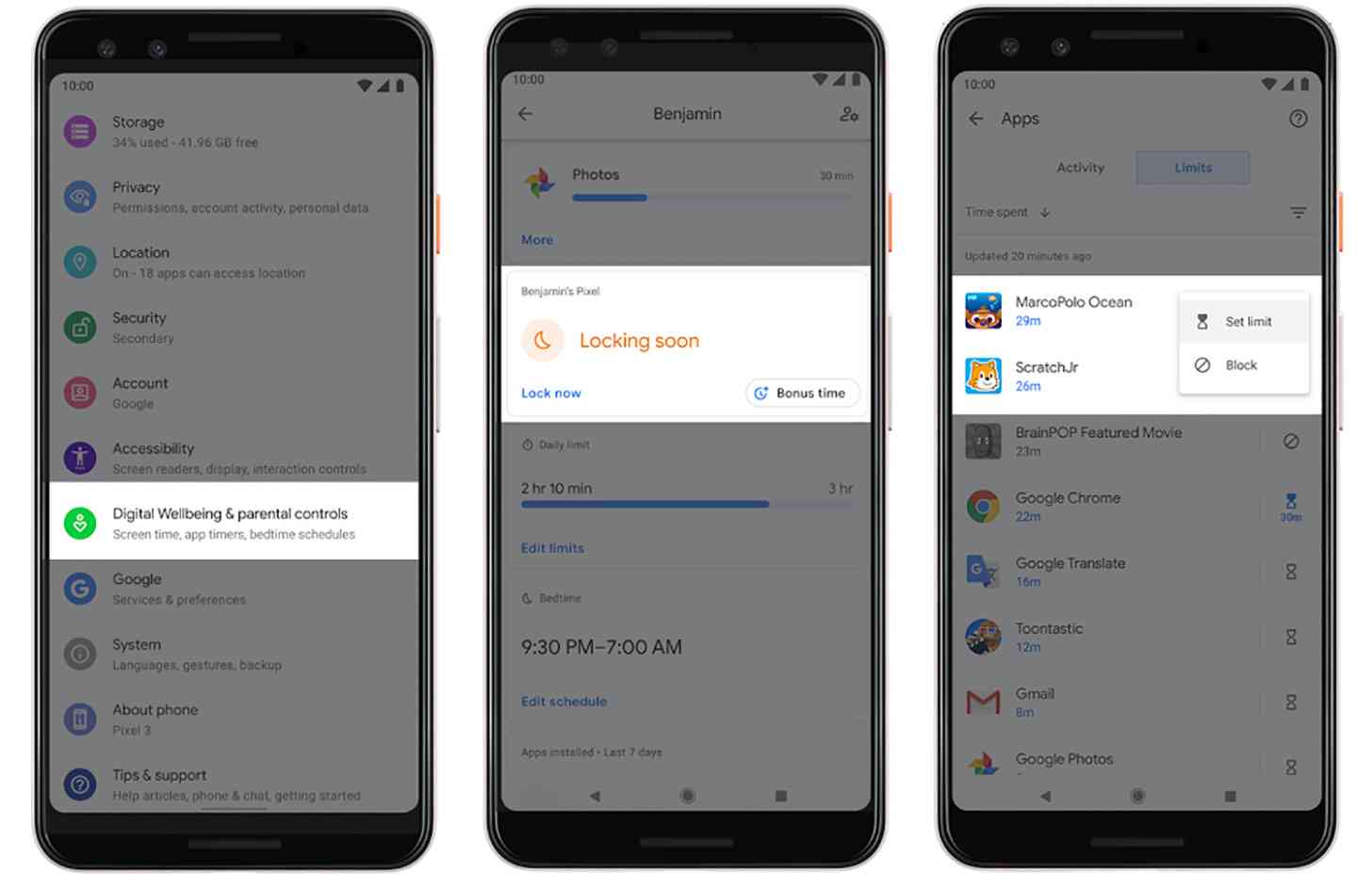
After months of beta testing and a new name, Android 10 is finally ready for public consumption.
Google today launched Android 10 to the public. It'll be available to Pixel phones first, so if you've got one of Google's phones, be on the lookout for an update hitting your device over the air in the coming days. You can also flash a system image if you'd prefer to update that way.
The update to Android 10 is a big one, bringing with it several notable new features. There's a new gesture navigation system that Google says will let you see more of your content on screen and giving you a faster, more natural and ergonomic way to navigate your phone. With this system, you can swipe up to go home from an app, swipe from the left or right edge to go back, and swipe in from the bottom corners to activate Google Assistant.
Google has said that it's worked with several Android device makers to standardize gesture navigation and that the gestures will be the default for new Android 10 and later devices. Because gesture navigation don't work for every user, though, Google does plan to continue offering a 3-button navigation option.

Also coming with Android 10 is a system-wide dark theme. The dark theme has a couple of benefits, including battery savings on devices with OLED screens. Plus, the dark theme won't blind you with a bright wide screen when you're browsing your phone at night.
Google is improving Digital Wellbeing in Android 10, adding new features like Focus Mode. With it, you can select the apps that might be distracting to you and then easily silence them until you come out of Focus Mode. Google is also making Family Link part of every Android 10 device with Digital Wellbeing and adding new features like the ability to set app-specific time limits.

Google also wants to make it easier to push security updates to devices. With Android 10, important privacy and security fixes can be sent out through Google Play just like any app update. This means that security updates should be able to go out more easily rather than making users wait for a full software update that could take longer to sent out because of carrier testing.
Other improvements coming with Android 10 include better privacy options, like the ability to give an app permission to use your location only while the app is being used; improved support for foldable smartphones; a new Settings Panel that'll let apps invoke a floating panel to push you to activate a setting that needs to be turned on, like helping you to turn on Wi-Fi if you're using the browser without an internet connection; faster, better sharing; official support for monochrome cameras; and more than 65 new emoji.
While Google's Pixel phones are getting Android 10 today, it'll take some time for the update to come to most other Android devices. That's because manufacturers must take the final Android 10 update, apply their own custom UI overlays and features, test the update, and then push it out to users.
If you've got a Google Pixel phone, be sure to let us know when you get Android 10 installed!